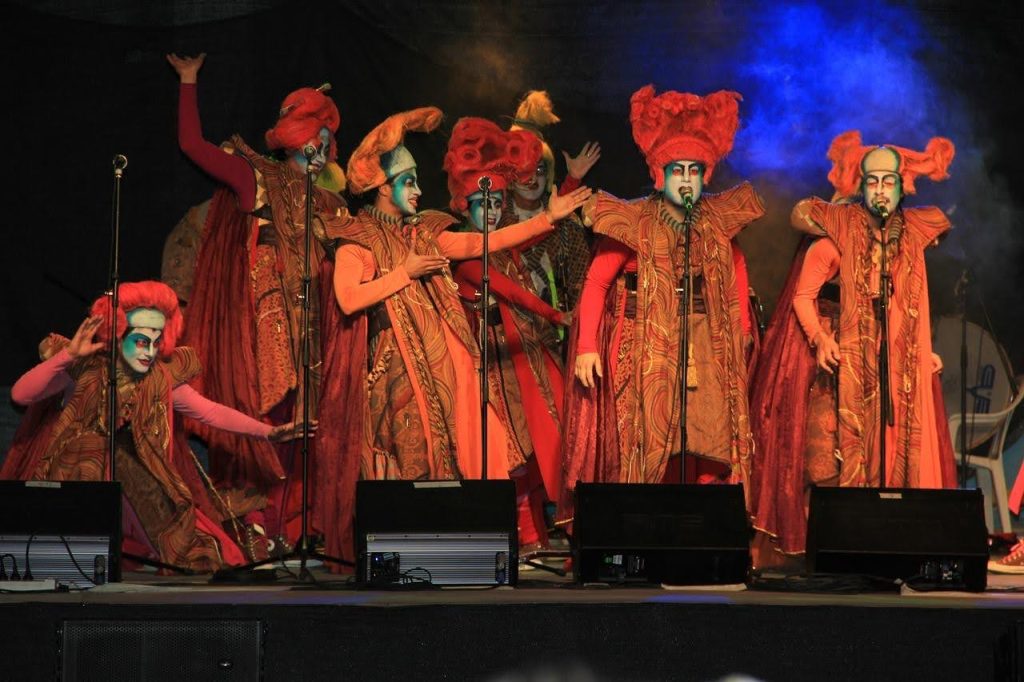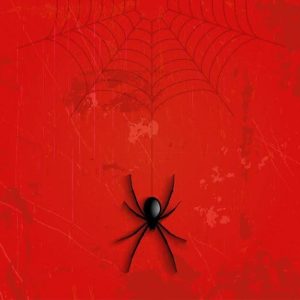Picture a world where tales are brought to life through melodies, where feelings are conveyed through elegant movements, and where each moment on the stage is a harmonious blend of visuals and sounds. This is the magical realm of musical theatre. From its modest origins to its spectacular modern-day shows, the history of musical theatre is a fascinating story of imagination, progress, and cultural transformation.

Musical theatre traces its roots back to ancient civilizations, where music, dance, and drama were intertwined in religious ceremonies and community celebrations. The Greeks, with their tragedies and comedies, laid the groundwork for the art form we know today. Their plays featured choral odes and musical interludes, setting the stage for the integration of music and storytelling.
“Musical theatre is a powerful art form that has the ability to touch hearts, provoke thought, and inspire change.”
Lin- Manuel Miranda
During the medieval and Renaissance periods, theatrical performances were popular throughout Europe. These shows, such as masques, morality plays, and commedia dell’arte, entertained audiences with their lively characters and imaginative storytelling. These early forms of theatre paved the way for the emergence of musical theatre as a unique genre.
In the 19th century, vaudeville and minstrel shows became popular in America. These shows combined music, comedy, and dance to create entertaining performances. Although criticized for their racial stereotypes, they provided a platform for performers to experiment with new styles and techniques.
The turn of the 20th century marked the birth of the modern musical. “Show Boat,” with its integrated storyline and memorable score, is often considered the first true American musical. It departed from the fragmented format of earlier musical entertainments and set the stage for the Golden Age of musical theatre.
The Golden Age, spanning from the 1940s to the 1960s, produced some of the most beloved and enduring musicals of all time. Musicals like “Oklahoma!” by Rodgers and Hammerstein and “My Fair Lady” by Lerner and Loewe captivated audiences with their timeless melodies and themes.
In the latter half of the 20th century and into the 21st century, musical theatre continued to evolve and innovate. Rock operas like “Hair” and “Jesus Christ Superstar” challenged traditional norms with their bold subject matter and electrifying scores. Meanwhile, concept musicals like Stephen Sondheim’s “Company” pushed the boundaries of narrative structure and character development.
In essence, from its humble origins musical theatre continues to captivate and inspire audiences with its boundless creativity and emotional depth.
“The beauty of musical theatre lies in its ability to transport audiences to different worlds, to make them laugh, cry, and feel alive.”
Idina Menzel
As we look back on the history of musical theatre, one thing is clear: its enduring appeal lies in its ability to transport audiences to new worlds and evoke powerful emotions. From the ancient Greeks to the dazzling lights of Broadway, musical theatre has remained a source of inspiration and joy for countless generations.
Written by- Khushi Shah | Edited by- Apurv Nayak


